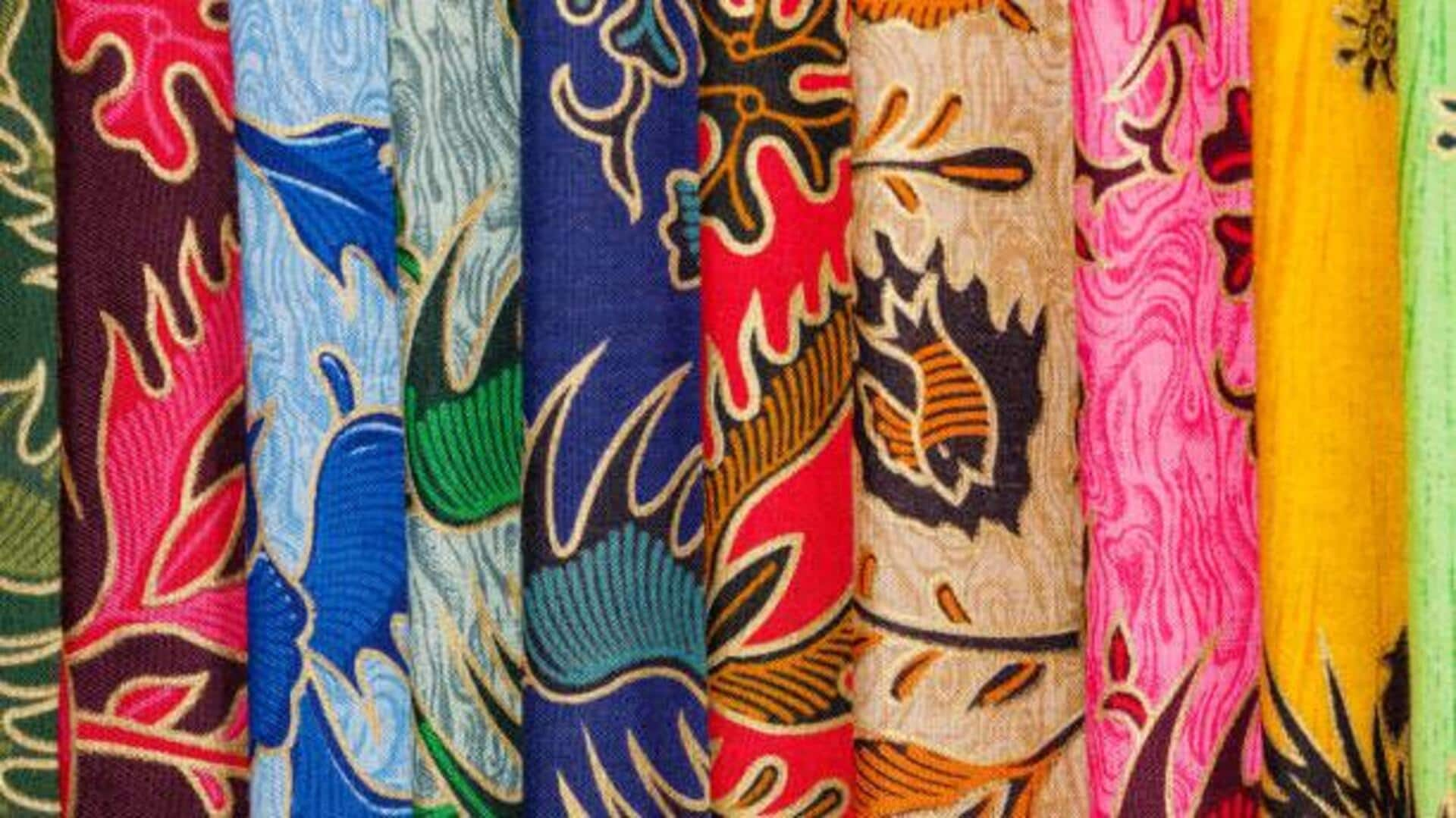
Batik prints: History, significance, and more
What's the story
Batik prints are an integral part of African fashion and a vibrant representation of culture. Using the wax-resist dyeing technique, these intricate patterns are created, resulting in colorful and unique designs. Apart from their aesthetic value, batik prints are also popular for their cultural significance, showcasing the diverse traditions and histories of different African communities. Here's how batik prints contribute to cultural identity.
#1
Historical roots of batik prints
Though the origins of batik date back to ancient times, the technique has been used in Africa for centuries. The technique of applying wax on fabric pre-dyeing creates intricate patterns that are as beautiful as they are meaningful. Traditionally, in Africa, batik has been used to tell stories, depict social status, and celebrate important events. Its history reflects the deep-rooted connection of batik prints with African culture.
#2
Symbolism in patterns
Batik patterns often carry symbolic meanings that reflect the values and beliefs of different communities. Each design tells a story or conveys a message, be it about nature, spirituality, or social customs. For example, certain motifs may symbolize fertility or protection against evil spirits. Understanding these symbols provides insight into the rich tapestry of culture and how it's expressed through fashion.
#3
Modern adaptations in fashion
In modern-day fashion, batik prints have moved beyond traditional wear. Designers use these bright patterns on modern silhouettes like dresses, skirts, and accessories like bags or scarves. This combination of traditional techniques and modern silhouettes lets people wear their culture on their sleeve (literally). The versatility of batik prints makes them apt for all sorts of occasions, right from casuals to formal.
#4
Economic impact on local communities
The production and sale of batik fabrics immensely contribute to local economies across Africa, employing artisans at every step. With natural dyes and traditional techniques, these communities sustain their craftsmanship and contribute to economic growth. This not only supports local livelihoods but also protects the cultural legacy of batik prints, promising a sustainable future for this art form.